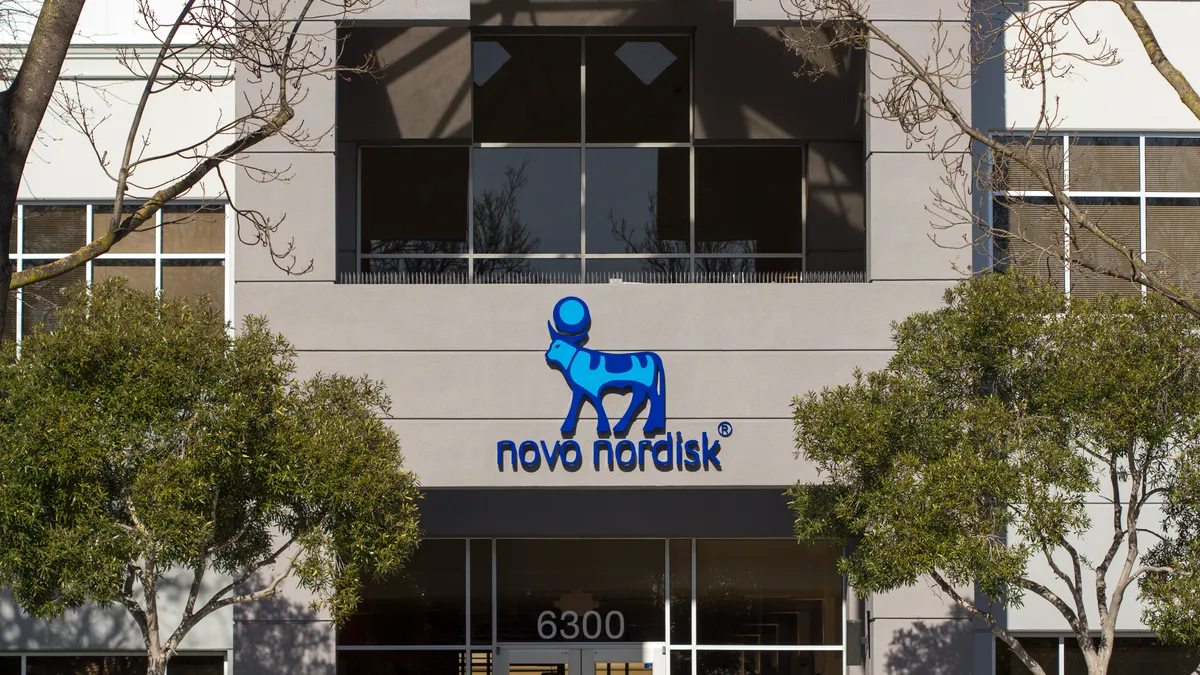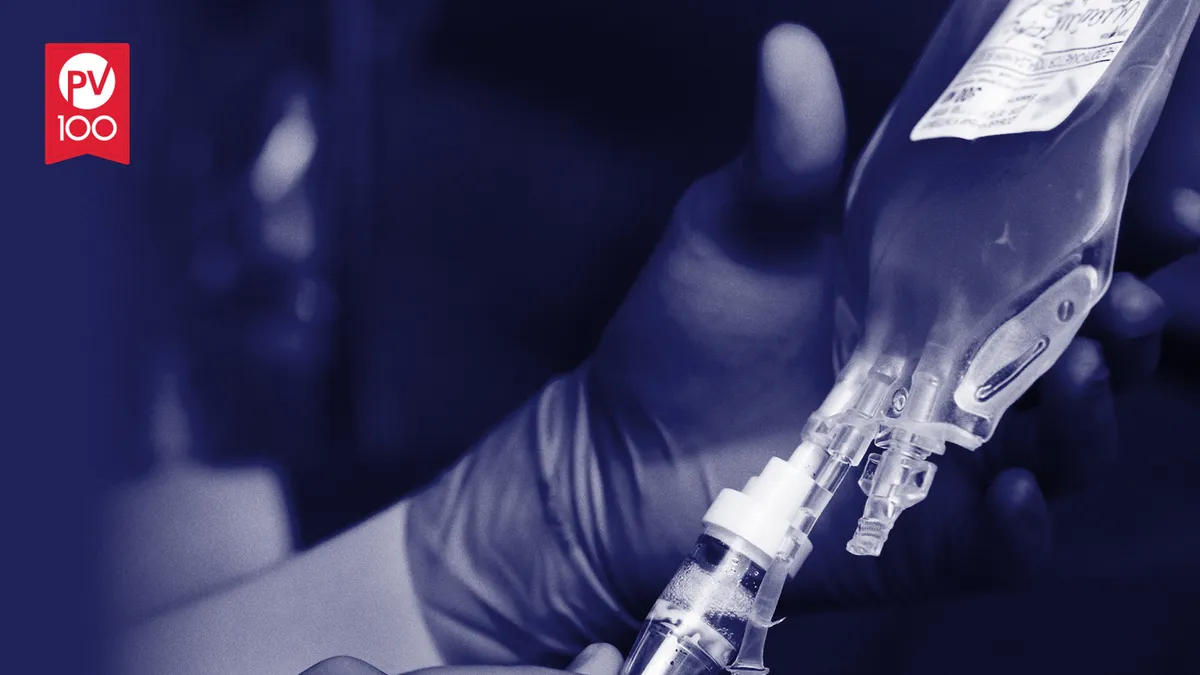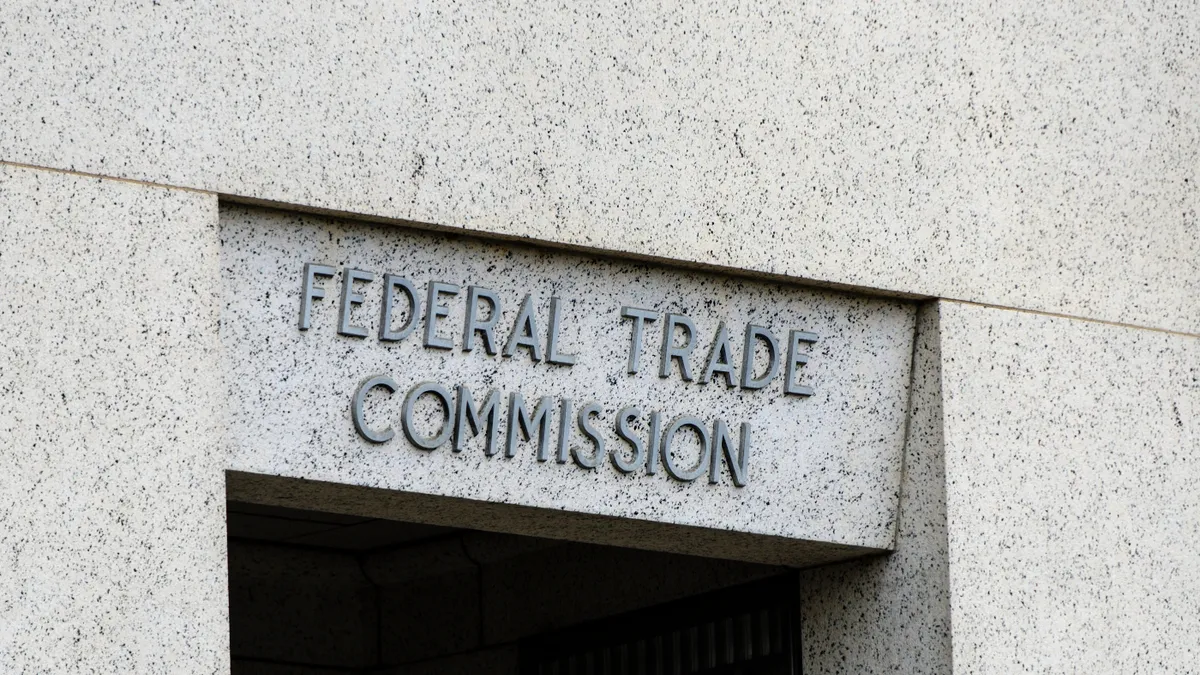Drug shortages hit a new high in the first quarter of 2024 and sent patients and doctors scrambling for ADHD medications, chemotherapy drugs, and more. And this ongoing struggle to get shortages under control has now triggered fresh calls for action.
The American Hospital Association issued a plea for Congress to make legislative changes in February. Around the same time, the Federal Trade Commission requested public comments as part of its inquiry into how group purchasing organizations and drug wholesalers might be contributing to shortages. Patients on the hunt for ADHD drugs like Adderall flooded the site with responses.
“This ADHD drug shortage has severely affected me for the last year, at least. There were many times that I wasn’t able to fill my prescription. I work in a hospital where my being inattentive puts people’s lives at risk,” one patient wrote.
Regulatory and pandemic-related issues have combined to stifle the supply of ADHD drugs.
The pandemic allowed doctors to reach out to patients remotely using telehealth and the Drug Enforcement Administration loosened restrictions on prescriptions of controlled substances allowing doctors to prescribe them without an in-person evaluation, according to Andrew Newhouse, director of Clinical Pharmacy at Sedgwick.
“From 2020 to 2021, the demand for Adderall increased by 20%, although the DEA has stringent rules on maximum production to avoid patient abuse and prevent excess from getting into the wrong hands,” according to a Sedgwick blog post.
And while demand spiked, the DEA didn’t increase production quotas for the drug until this year.
However, drug manufacturing quotas only rose by 10%, an amount that may not be sufficient to solve shortage concerns, Newhouse said.
The factors driving the ADHD drug shortage are unique, which underscores the primary challenge regulators face in addressing medication shortages overall — there’s no single cause.
Manufacturing quality issues often cause drug shortages, along with production delays and problems with the flow of needed raw materials or components. Companies can also trigger shortages when they decide to abandon low-priced generic drugs that are no longer worth the time to manufacture and distribute.
For some drugs, this confluence of factors keeps shortages from being resolved.
“While some shortages are short-term and may be related to unexpected seasonal demand, others are more systemic and suggest more complex drivers of the shortages,” states a November report from IQVIA.
A stubborn and complex challenge
Drug shortages are nothing new. The supply of various drugs has waxed and waned for decades, but they reached new heights in 2024, causing critical backlogs. There were 323 drug shortages in the first three months of 2024, the highest number since the American Society of Health-System Pharmacists began tracking them in 2001.
ADHD drugs are just one of many that have become hard to find. Companies are also struggling to keep up with surging demand for the wildly popular diabetes-turned-weight-loss drugs. Use of these drugs has more than doubled since 2020, according to IQVIA and when Ozempic's popularity exploded, the demand pushed the supply chain to its limits.
“This combined with the lack of generic options and only brand-named name medications has led to the current shortage. The supply of the medication is predicted to last until the end of 2024,” Newhouse said.
The companies that manufacture weight loss drugs — Eli Lilly and Novo Nordisk — are now boosting manufacturing by building new plants or making moves to purchase existing sites.
Drug shortages are also affecting oncology, although they’re limited to a small share of overall volume, according to IQVIA.
“Inspection-driven disruptions and market exits have led to significant shortages in older genericized chemotherapeutics and particularly platinum-based chemotherapeutics. Treatment for cancer patients is strongly impacted and may be delayed by chemotherapy shortages, given their use as backbone therapies across multiple indications and limited options for therapeutic interchangeability,” IQVIA reported.
Longstanding problems in the generics market are also putting an ongoing drag on the supply of low-cost medications, such as amoxicillin and albuterol. Because of the low market incentives to manufacture generics, companies have little motivation to produce them.
“Akorn Pharmaceuticals, historically a large producer of albuterol, has halted its production, leaving Nephron Pharmaceuticals as the only domestic supplier,” Newhouse said. “Currently the shortage is only affecting the liquid used in nebulizer machines, not the production of handheld inhalers.”
And while certain medications are not financially appealing options, they are crucial to patient care.
“Albuterol is a critical medication for millions of Americans suffering from asthma and COPD,” Newhouse said.
In other instances, manufacturing quality issues are driving shortages. As drugs age, the number of firms making them often dwindles. As a result, fewer available production lines are equipped to make them. Production can also be slowed by limits on the amount of raw materials manufacturers can produce.
Agencies mull next steps
Government officials and agencies are floating ideas to keep critical drugs on the shelves.
On April 2, the U.S. Department of Health and Human Services issued a white paper on supply chain issues related to generic sterile injectable medicines used in inpatient settings. However, the paper offered strategies that apply to a broader range of drugs.
“HHS states there must be a ‘diversification of supply both in redundancy of manufacturing capacity and a balance of domestic and diversified foreign sourcing and the presence of reliable, efficient and sustainable, robust manufacturing practices,’” Newhouse said.
The agency detailed steps they’ve taken to prevent drug shortages and what they’re doing next.
HHS stated it wants better ability to monitor the supply chain to respond swiftly when disruptions are imminent. To this end, they have also established a new Supply Chain Resilience and Shortage Coordinator role.
These initiatives come in addition to other recent changes.
The CARES Act, enacted in 2020, aimed to enhance FDA’s ability to prevent and reduce drug shortages, Newhouse said.
“It expands the requirement for manufacturers of certain drugs to notify the FDA about discontinuations or interruptions in manufacturing,” Newhouse said. “They will also be required to report the amount of listed human drugs and human biological products manufactured. This will help with forecasting for potential drug shortages.”
Companies are encouraged to notify the FDA when a drug is at risk of a shortfall.
“Manufacturers provide FDA most drug shortage information, and the agency works closely with them to prevent or reduce the impact of shortages,” the FDA noted. “When a shortage is listed as current on our Drug Shortage Database, the FDA is aware of the supply situation and is working with the manufactures on efforts to mitigate the supply disruption. We also continue to work with manufacturers on shortage prevention efforts for drugs not yet listed on the Drug Shortage Database.”
But creating a more resilient pharmaceutical supply chain is no easy task, according to the Brookings Institute, and will require continued government intervention.
“Our drug supply chains are not as reliable as we expect them to be, resulting in disruptions in medical care and causing patient harm,” a recent Brookings Institute report found. “But little progress will take place unless there is a systemic change in the economic dynamics and the misaligned incentives that exist in the marketplace. ”
Solutions will require a collaborative effort, according to the HHS white paper.
“Nevertheless, more impactful and enduring solutions require additional statutory authorities and funding to resolve underlying causes of shortages. All supply chain participants play a part in these solutions,” the report said.

















